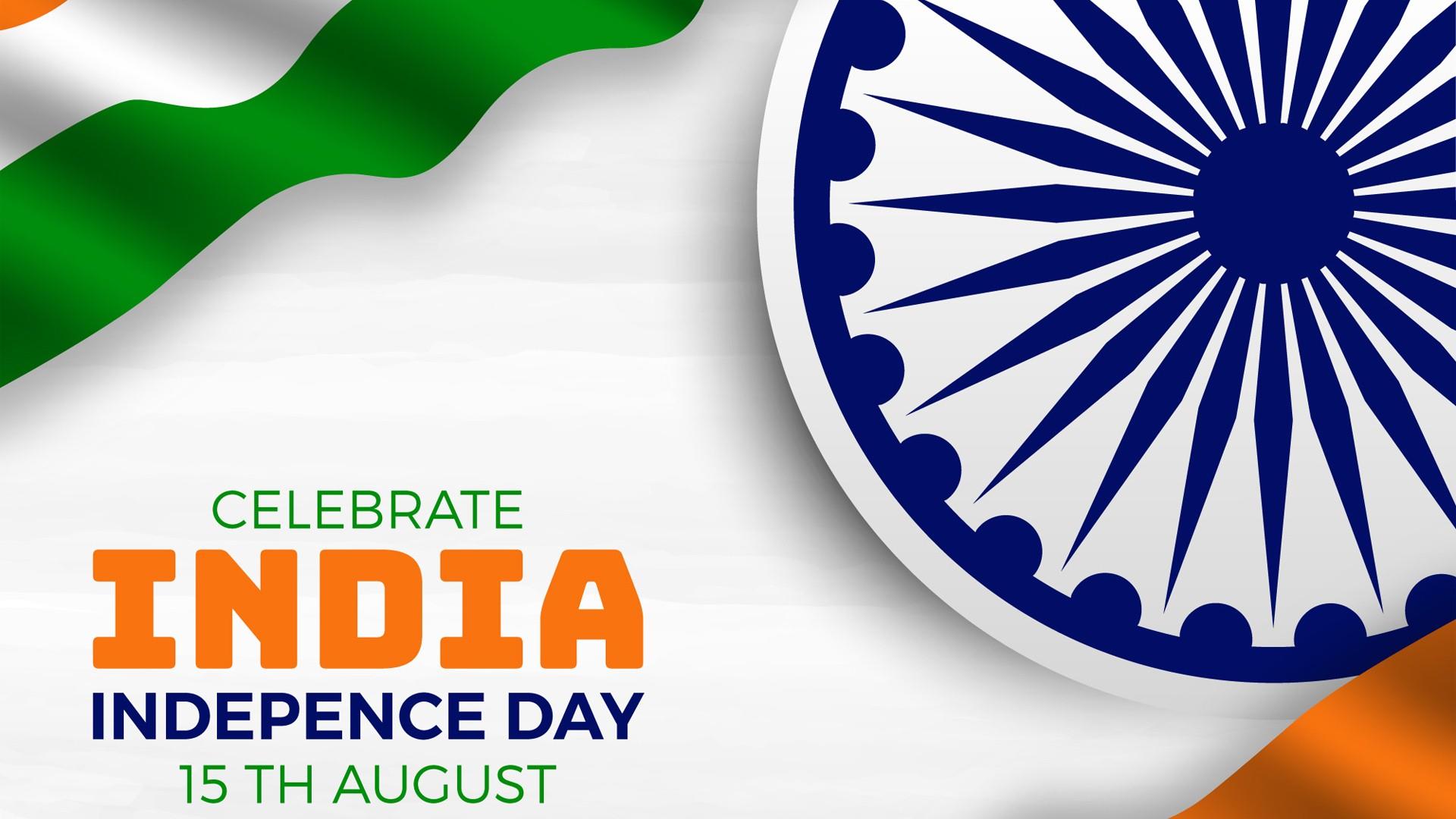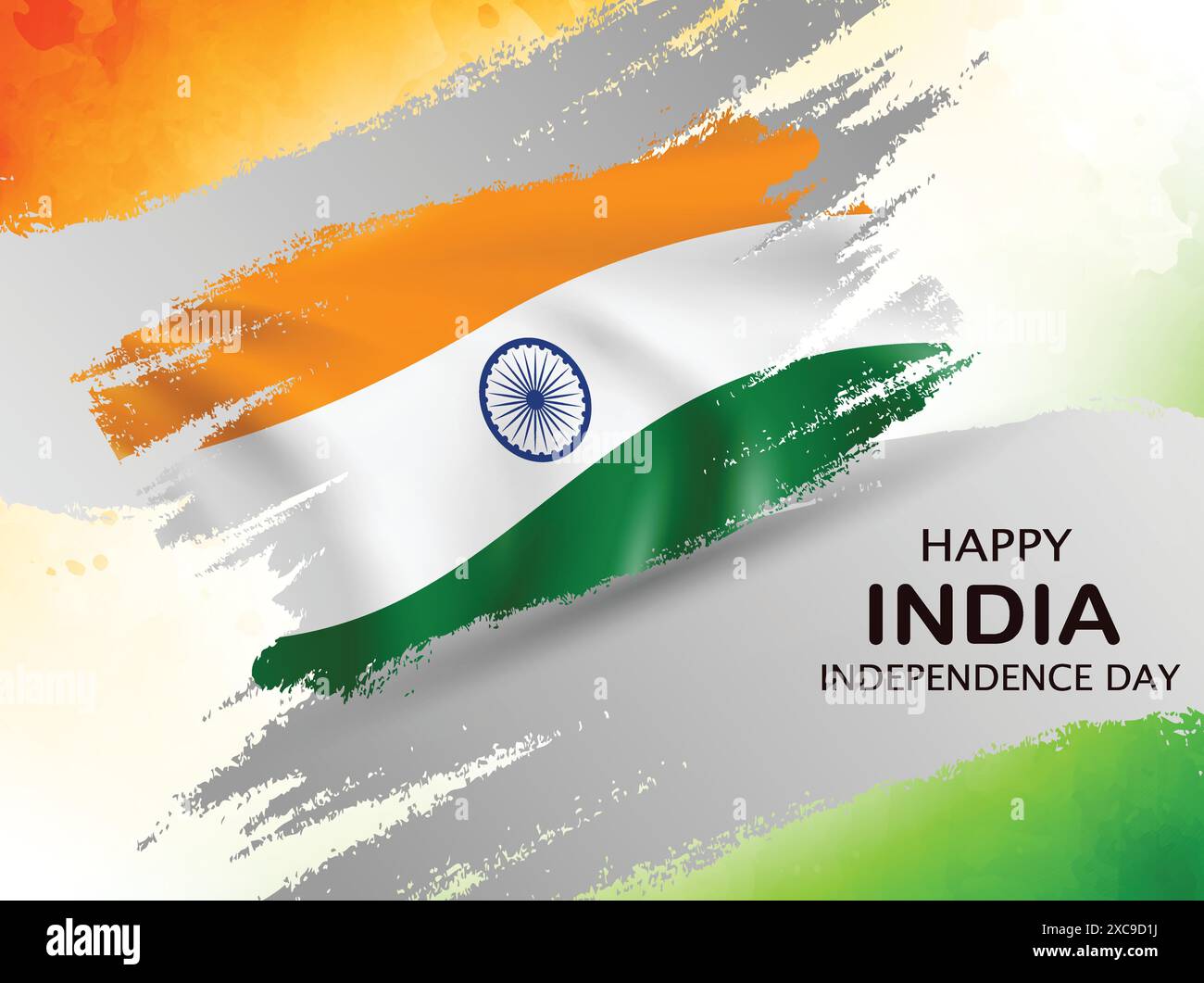On 15 August 1947, India gained independence from British colonial rule, marking a historic day of liberation and national pride. This day is celebrated annually across the country to honor the sacrifices of countless freedom fighters who fought tirelessly for the nation's sovereignty. The commemoration of Independence Day serves as a reminder of India's rich cultural heritage and its journey toward progress and development.
India's Independence Day is not just a national holiday but a celebration of the spirit of unity, diversity, and resilience. It reflects the country's commitment to democracy, equality, and justice for all its citizens. The day is marked by flag-hoisting ceremonies, parades, cultural events, and patriotic fervor across the nation.
As we delve into the significance of 15 August, it is essential to understand the historical context, the key figures who shaped the freedom struggle, and the enduring legacy of this monumental event. This article aims to provide a comprehensive overview of India's Independence Day, covering its history, celebrations, and the values it embodies.
Read also:Arnolds Son Joseph The Rising Star In The Spotlight
Table of Contents
- The History of India's Independence
- Key Figures in India's Freedom Struggle
- The Significance of 15 August
- How India Celebrates Independence Day
- Traditional Celebrations Across India
- Modern-Day Celebrations
- Challenges Faced During the Freedom Struggle
- The Legacy of Independence
- Statistical Insights on Independence Day
- Conclusion: Celebrating Unity and Progress
The History of India's Independence
The history of India's Independence Day is rooted in centuries of struggle against British colonial rule. The East India Company established its presence in India in the early 17th century, eventually leading to the colonization of the entire subcontinent. The Indian Rebellion of 1857 marked the first major uprising against British rule, igniting a long and arduous journey toward freedom.
By the early 20th century, the Indian National Congress and other political organizations played pivotal roles in organizing mass movements and advocating for self-governance. The non-violent resistance led by Mahatma Gandhi, along with the contributions of other leaders, ultimately led to the signing of the Indian Independence Act on 15 July 1947, granting India its sovereignty on 15 August 1947.
Key Events Leading to Independence
- The partition of Bengal in 1905
- The Jallianwala Bagh massacre in 1919
- The Salt March of 1930
- The Quit India Movement of 1942
Key Figures in India's Freedom Struggle
India's freedom struggle was driven by the vision and sacrifices of numerous leaders who dedicated their lives to the cause of independence. These figures played crucial roles in shaping the nation's destiny and inspiring generations to come.
Biography of Key Leaders
| Name | Role | Notable Contribution |
|---|---|---|
| Mahatma Gandhi | Leader of Non-Violent Resistance | Advocated for non-violent civil disobedience |
| Jawaharlal Nehru | First Prime Minister of India | Played a key role in drafting India's constitution |
| Sardar Vallabhbhai Patel | Iron Man of India | Instrumental in integrating princely states |
The Significance of 15 August
15 August holds immense significance for India as it marks the end of nearly two centuries of colonial rule. The day symbolizes the triumph of justice, equality, and self-determination. It serves as a reminder of the sacrifices made by countless individuals who fought for the nation's freedom.
Values Embodied by Independence Day
- Unity in diversity
- Patriotism and national pride
- Commitment to democracy and human rights
How India Celebrates Independence Day
Independence Day is celebrated with great enthusiasm across India. The day begins with the Prime Minister hoisting the national flag at the Red Fort in Delhi, followed by a speech addressing the nation. Schools, colleges, and government offices organize flag-hoisting ceremonies and cultural programs to mark the occasion.
Popular Ways to Celebrate
- Flag-hoisting ceremonies
- Cultural performances and parades
- Kite flying as a symbol of freedom
Traditional Celebrations Across India
India's diversity is reflected in the way different regions celebrate Independence Day. From traditional dances to regional festivities, each state adds its unique flavor to the celebrations. For instance, in Tamil Nadu, classical dance performances are organized, while in Rajasthan, folk music and dances are performed.
Read also:Cate Phoebe A Rising Star In The World Of Entertainment
Regional Celebrations
- Kerala: Boat races and cultural programs
- Punjab: Bhangra and Giddha performances
- West Bengal: Recitation of patriotic poetry
Modern-Day Celebrations
In recent years, Independence Day celebrations have evolved to include digital platforms and social media. Virtual events, online quizzes, and social media campaigns have become popular ways to engage younger generations in commemorating the day. Additionally, many organizations host charity events and community service activities to honor the spirit of giving back to society.
Technology and Independence Day
The integration of technology has enhanced the way Independence Day is celebrated. Live streaming of flag-hoisting ceremonies, virtual tours of historical sites, and interactive educational content have made it easier for people to participate in the festivities from anywhere in the world.
Challenges Faced During the Freedom Struggle
The road to independence was fraught with challenges, including economic exploitation, social divisions, and political repression. The freedom fighters faced numerous obstacles, such as arrests, imprisonment, and violence, yet their determination never wavered. The partition of India and the subsequent violence were among the most significant challenges faced during the transition to independence.
Lessons Learned from the Struggle
- The importance of unity and collaboration
- The power of non-violent resistance
- The need for inclusive governance
The Legacy of Independence
The legacy of India's Independence Day extends beyond the historical event itself. It serves as a source of inspiration for nations striving for self-determination and justice. The principles of democracy, equality, and human rights enshrined in India's constitution continue to guide the nation's progress and development.
Impact on Global Politics
India's independence had a profound impact on global politics, inspiring movements for liberation in other colonized nations. The country's commitment to non-alignment and peaceful coexistence during the Cold War era further solidified its position as a leader in the global community.
Statistical Insights on Independence Day
According to historical records, the Indian independence movement involved millions of participants from diverse backgrounds. The economic impact of colonial rule is estimated to have cost India billions of dollars in lost resources and opportunities. Today, Independence Day is celebrated in over 190 countries, with Indian embassies and cultural organizations hosting events worldwide.
Key Statistics
- Over 1 million people participated in the Quit India Movement
- India's GDP grew by 5% annually after independence
- More than 500 princely states were integrated into the Indian Union
Conclusion: Celebrating Unity and Progress
15 August India Independence Day is not just a celebration of the past but a reaffirmation of the values that define the nation. It serves as a reminder of the sacrifices made by our forefathers and the responsibility we have to uphold the principles of democracy, equality, and justice. As we continue to progress as a nation, it is crucial to honor the legacy of those who fought for our freedom.
We invite you to share your thoughts and experiences of celebrating Independence Day in the comments below. Join the conversation and help spread the message of unity and progress. Don't forget to explore our other articles on Indian history and culture for a deeper understanding of this remarkable nation.
![🔥 [60+] August 15 India Independence Day Wallpapers WallpaperSafari](https://cdn.wallpapersafari.com/81/13/68v1B2.jpg)

